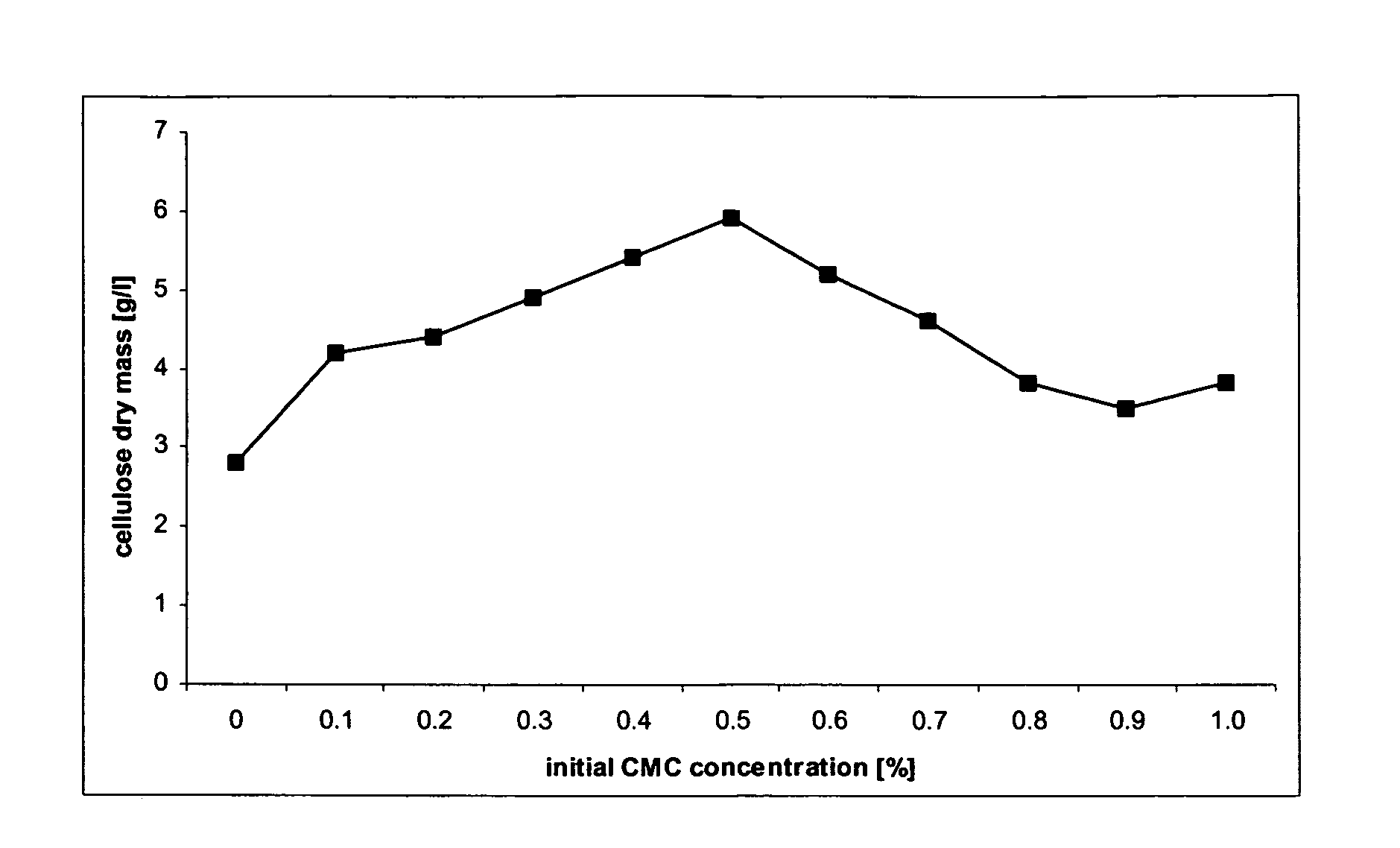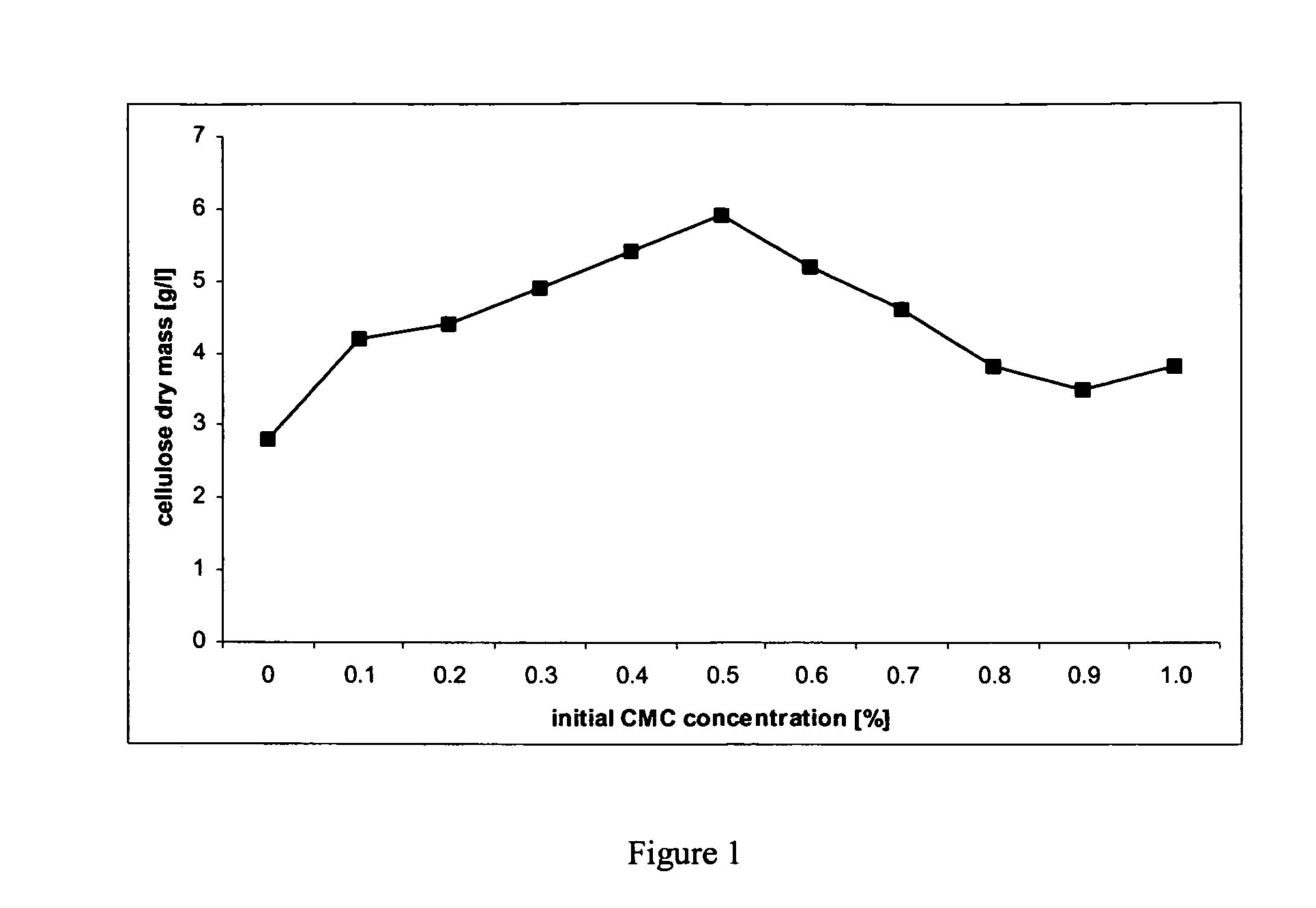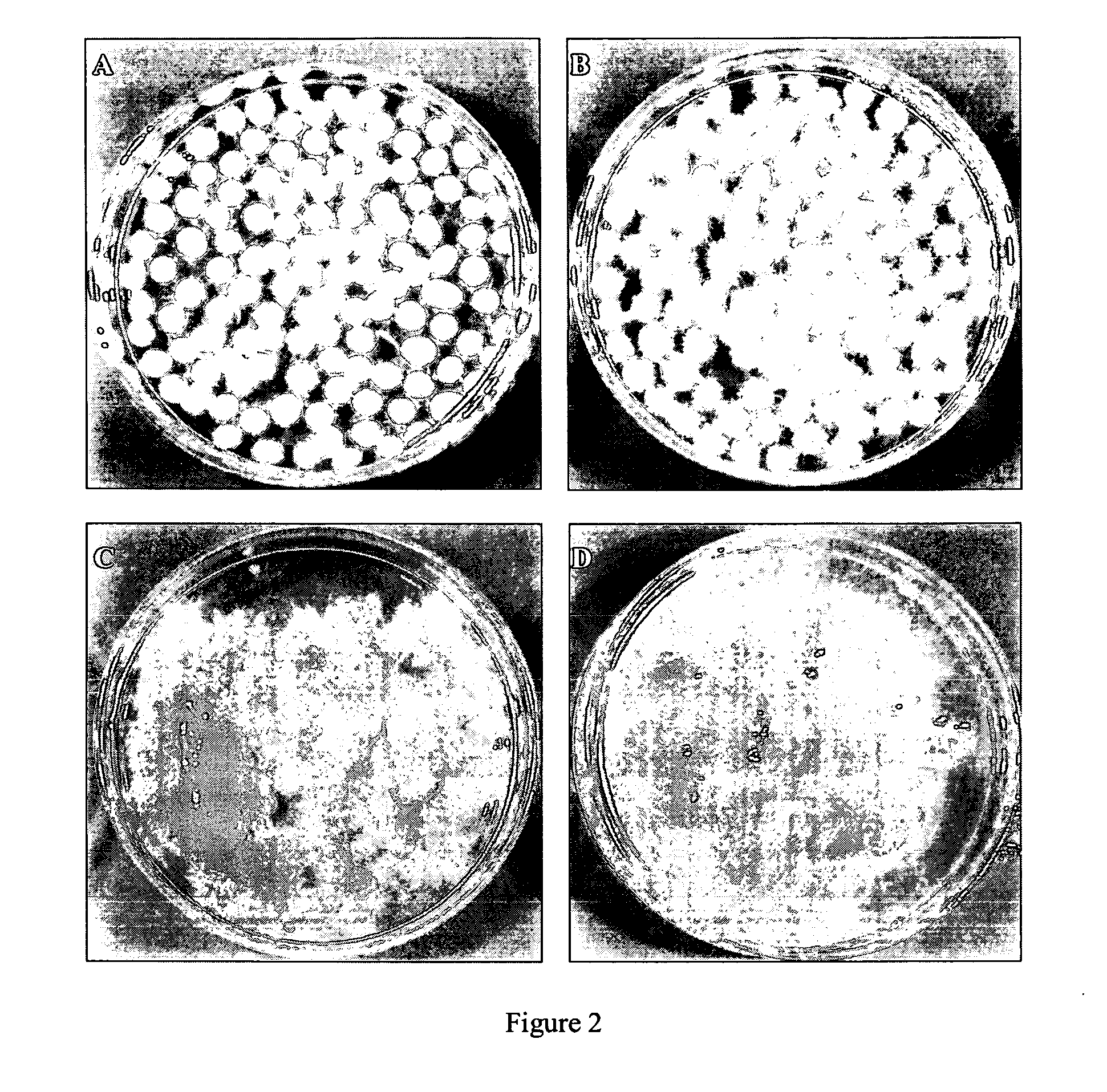Multiribbon nanocellulose as a matrix for wound healing
a nanocellulose and matrix technology, applied in the field of wound healing, can solve the problems of not being able to meet the needs of patients, not being able to easily not being able to bind to the skin, etc., and achieve the effects of improving wound care, reducing manufacturing costs, and not breaking, falling apart, and not breaking
- Summary
- Abstract
- Description
- Claims
- Application Information
AI Technical Summary
Benefits of technology
Problems solved by technology
Method used
Image
Examples
example 1
[0086] Nanocellulose synthesized in abundance by Acetobacter xylinum shows vast potential as a novel wound healing system. The high mechanical strength and remarkable physical properties result from the unique nanostructure of the never-dried membrane.
[0087] Recent advances in the field of biomaterials and their medical applications indicate the significance and potential of various microbial polysaccharides in the development of novel classes of medical materials. Several of the microbially-derived polysaccharides possessing novel and interesting physical and biological properties already have been applied in biotechnology products or are presently being widely investigated (i.e. hyaluronic acid, dextran, alginate, scleroglucan). Among them, microbial cellulose, a polymer synthesized in abundance by Acetobacter xylinum, belongs to the most promising class of biopolymers, despite the fact that its potential of becoming a high-value product of biotechnology has not yet been fully es...
example 2
[0090] Fibrillar alterations of nanocellulose have been previously shown to occur, for example, by ultrastructural studies using techniques such as electron microscopy (Haigler, et al., J. Cell Biology, Vol. 94 pp 64-69 (1982) and Ben-Hayim et al. J. Cell Biology, Vol. 25 pp 191-207 (1965)). Microbial production of a cellulose leads to greatly improved and / or unique macroscopic properties such as resiliency, elasticity, tensile strength, degree of water absorptivity or retention of absorptive capacity after repeated wettings.
[0091] Cellulose assembled by a static aerobic culture of Acetobacter xylinum may be contained in a hydrophilic membrane known as a pellicle. This cellulose is quite strong when wet, but brittle when dried. One of the major obstacles in using the natural absorbency of this native bacterial cellulose has been its inability to effectively retain absorbancy through cycles of wetting and drying. To improve the physical properties of the cellulose, a cellulose deriv...
example 3
[0113] The Comparative Studies on 2 Types of Microbial Cellulose Wound Dressings: (1) Xcell® and (2) Nanocellulose.
[0114] Macroscopic observations. A microbial cellulose wound dressings have a size of 8.75×8.75 cm and a similar thickness of 1 mm was compared to the nanocellulose wound dressing of the present invention. It was found that the nanocellulose of the present invention has a smoother surface and has a clean white color in comparison to the brownish appearance of Xcell® (data not shown). It was found that the surface of Xcell® seems to be damaged by strong physical processing and that the the texture of Xcell® is softer and more gelatinous than firm texture of Nanocellulose.
[0115] Physical properties related to wound healing process. Several different parameters were evaluated to compare the existing microbial cellulose with the nanocellulose of the present invention, namely, rate of evaporation, water vapor transmission rate, absorption rate and water holding capacity.
[...
PUM
| Property | Measurement | Unit |
|---|---|---|
| thickness | aaaaa | aaaaa |
| size | aaaaa | aaaaa |
| width | aaaaa | aaaaa |
Abstract
Description
Claims
Application Information
 Login to View More
Login to View More - R&D
- Intellectual Property
- Life Sciences
- Materials
- Tech Scout
- Unparalleled Data Quality
- Higher Quality Content
- 60% Fewer Hallucinations
Browse by: Latest US Patents, China's latest patents, Technical Efficacy Thesaurus, Application Domain, Technology Topic, Popular Technical Reports.
© 2025 PatSnap. All rights reserved.Legal|Privacy policy|Modern Slavery Act Transparency Statement|Sitemap|About US| Contact US: help@patsnap.com



